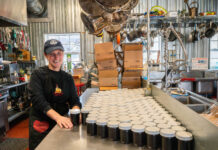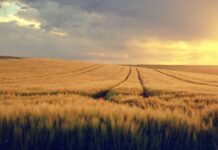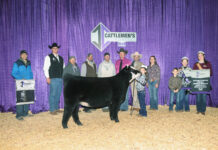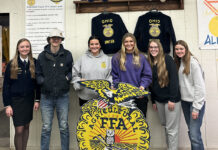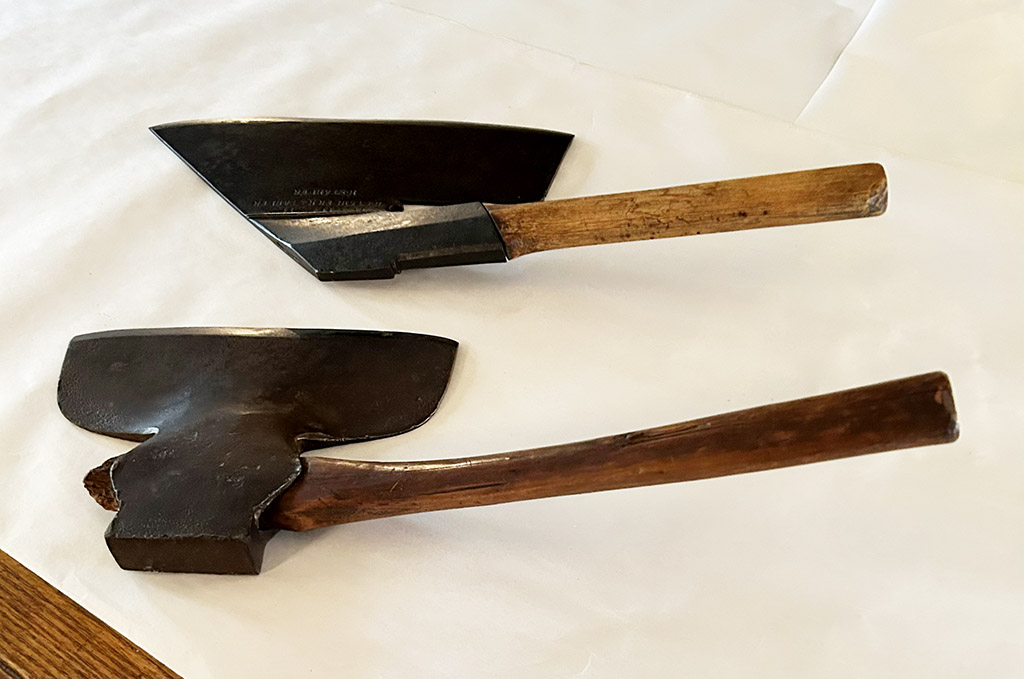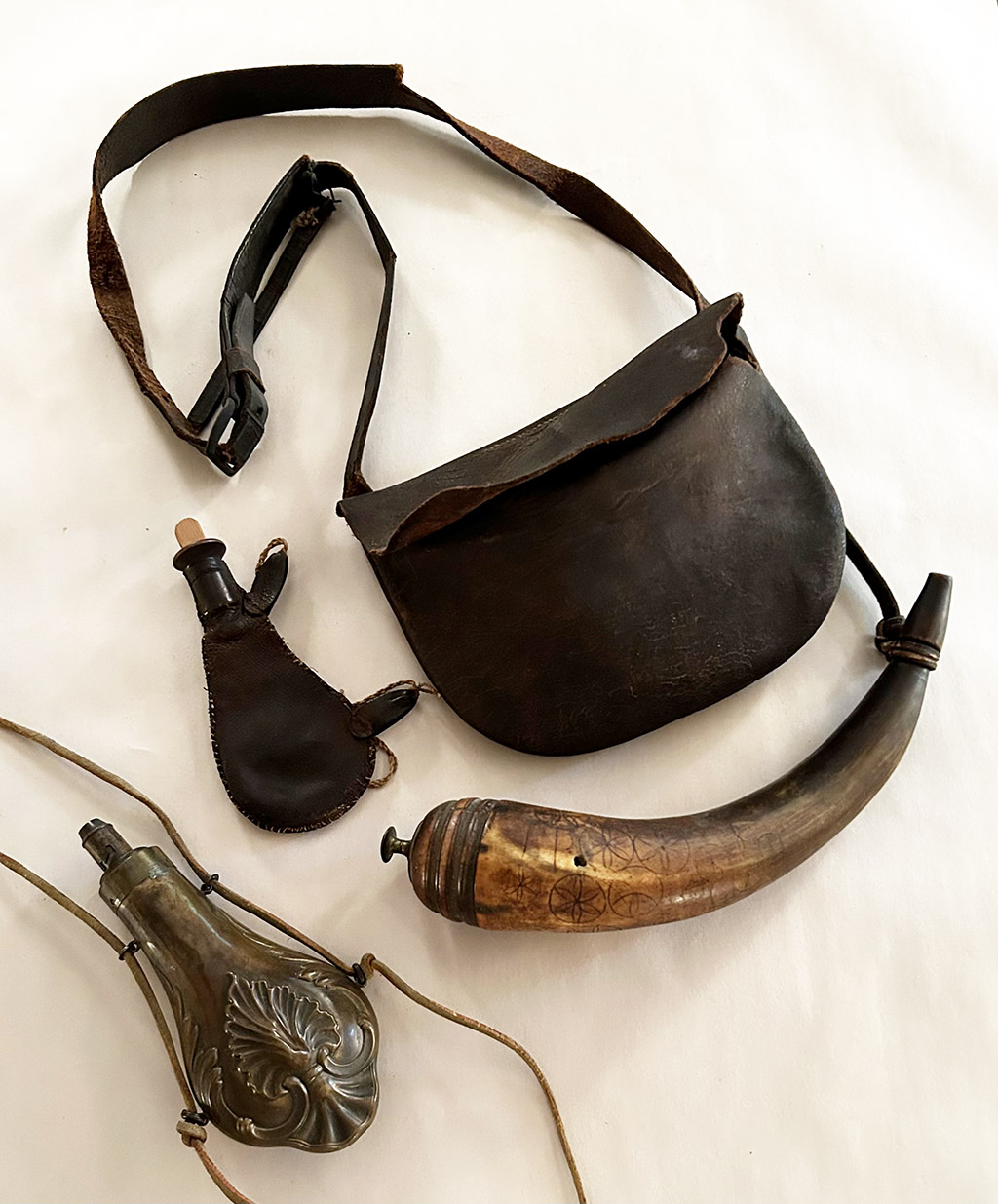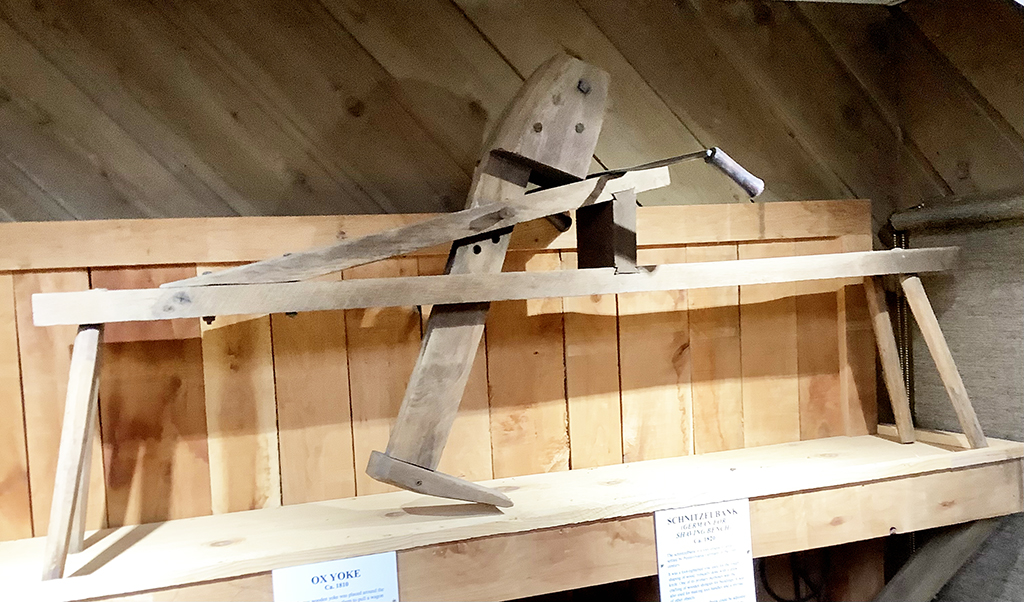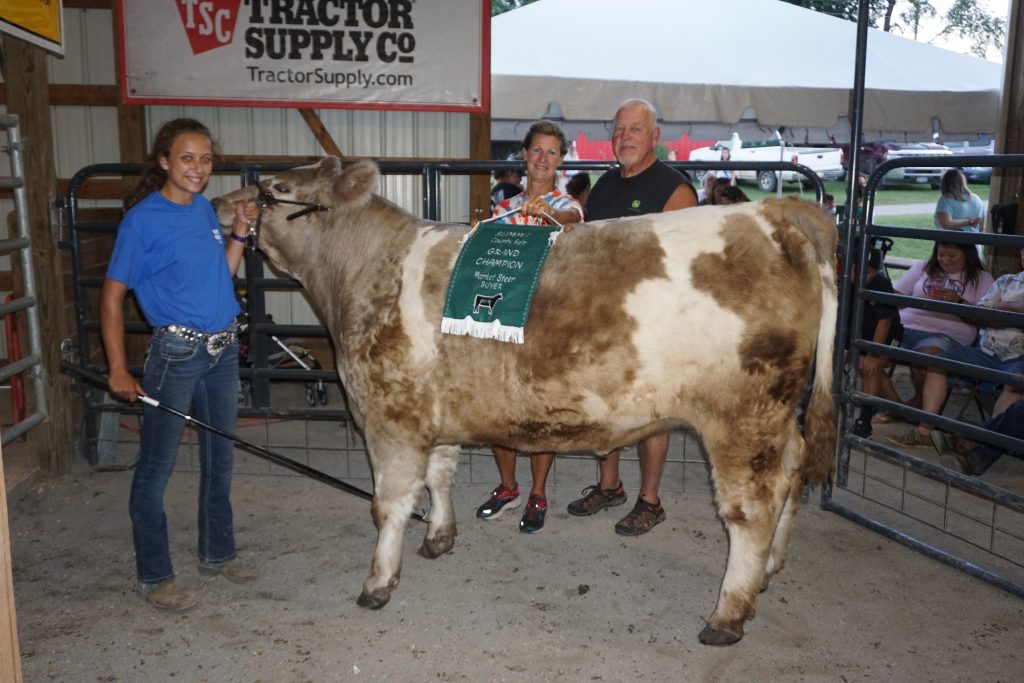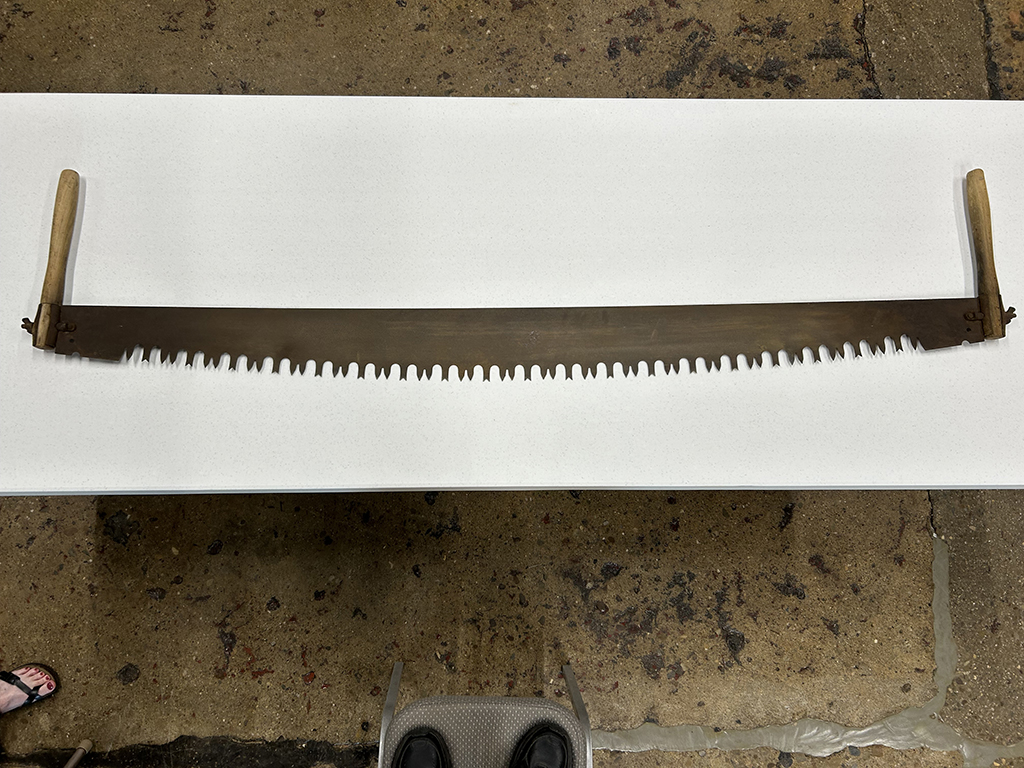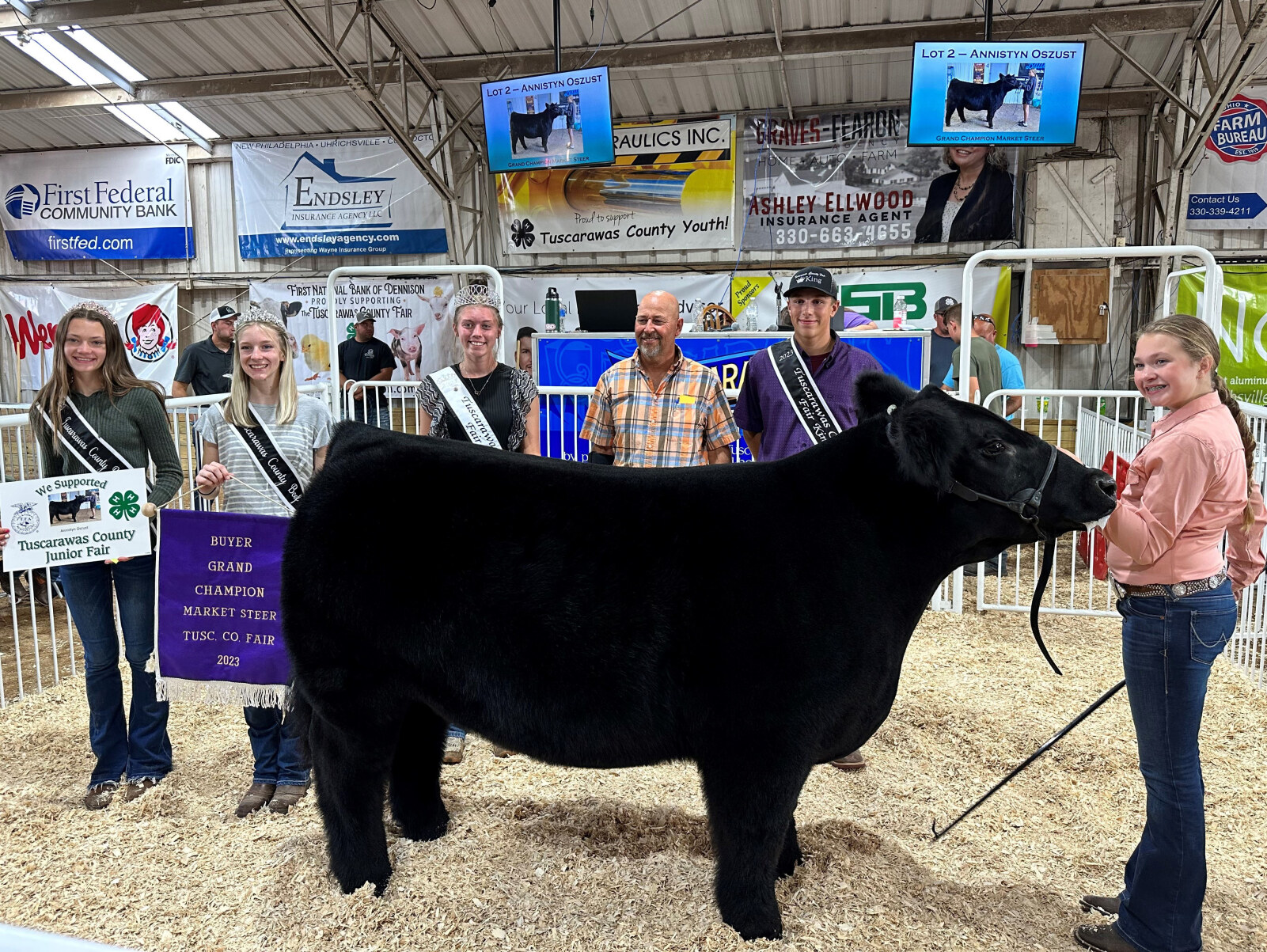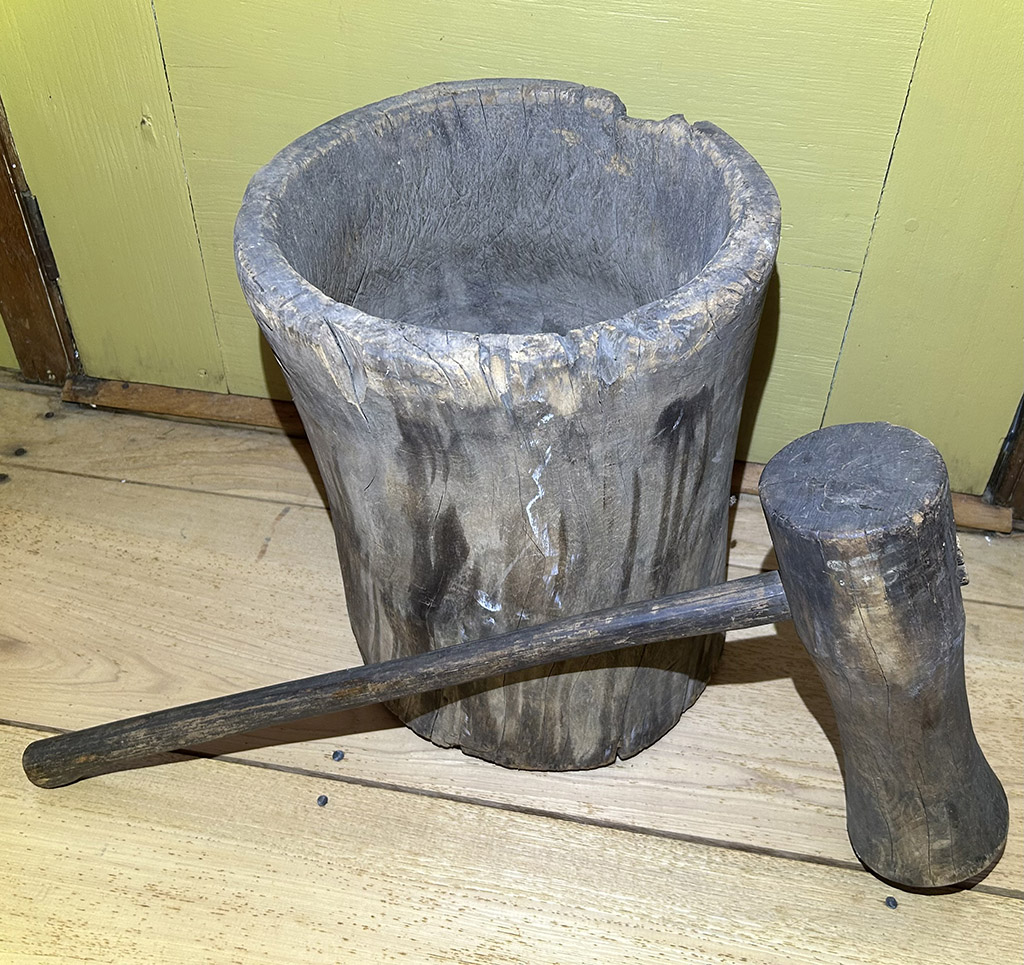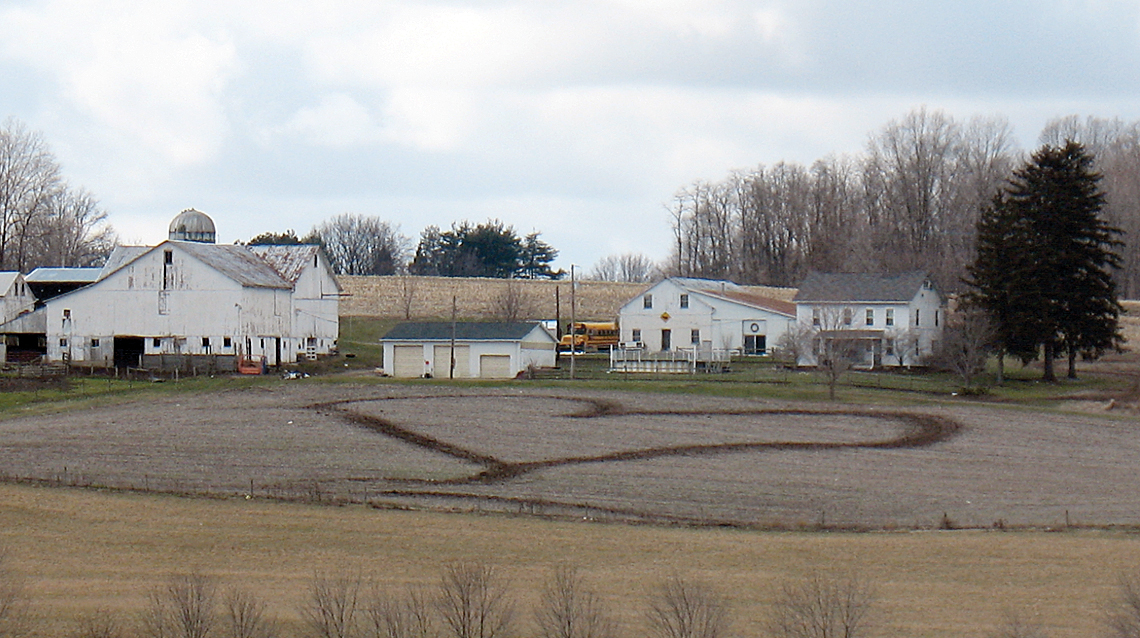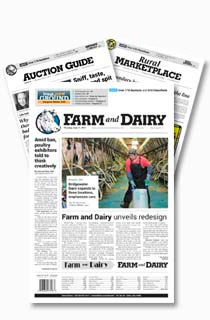Search Results for "Kale"
News Results 4 of 782 pages
Bringing out the broadaxe and hewing to the line
Once early settlers had felled, sectioned and de-barked trees, it was time for the hewing process to begin, which required a broadaxe and a marking axe.
Fighting back against deadly livestock predators
A huge hunt in Medina County in 1818 resulted in the harvest of 21 bears, 17 wolves, 300 deer and untold numbers of turkeys, foxes, raccoons and opossums.
It’s time to bring on the schnitzelbank
Paul Locher details the special tools early settlers required to construct sturdy roofs for their homes in Ohio and Pennsylvania in the 1800s.
2019 Summit County Fair livestock sale results
There were 165 lots sold at the Summit County Fair junior livestock sale. Find the details here.
Ohio Attorney General settles with phony East Palestine charity
The phony charity’s fundraiser will direct all of the money raised on behalf of Second Harvest Food Bank of the Mahoning Valley to the organization.
Log rollings brought neighbors together and resulted in spectacular infernos
Logging and log rolling were critical parts of land clearing operations in early America.
2023 Tuscarawas County Fair sale
The 2023 Tuscarawas County Fair Sale totaled $1,703,563.25. Find all the results here.
Ohio State Fair Sale of Champions sets new records
COLUMBUS – Ask 16-year-old Jamie Banbury of Knox County the highlight of her summer, her year, her life, and she’ll tell you about the 2004 Ohio State Fair.
Corn was staff of life for settlers, but was always labor intensive
After corn was husked, it had to be shelled and processed before it could be cooked into a meal in the early 1800s in Ohio Country.
To love and to cherish, even in manure
“Romance is not dead, it just looks different on our farm.”
— Mae E. Smithhisler, 1900
